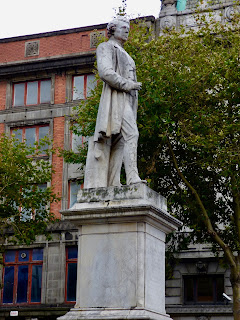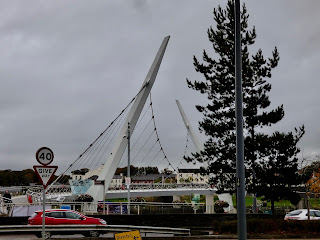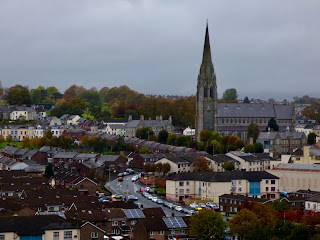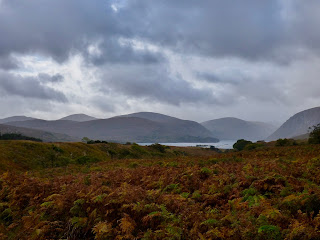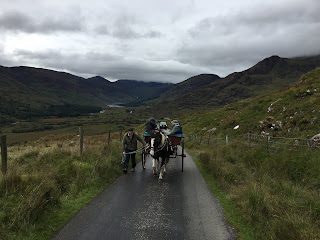Northern Ireland
October, 2019
Writing about my visit to Northern Ireland has become a more personal and poignant exercise in light of the recent murder of a young journalist. Although The Troubles ended in 1998 with The Good Friday Agreement and I saw no outward hostilities, the sense that all has not been forgiven or forgotten seemed to simmer under the surface. How does one undo 50,000 casualties and the deaths of 3,500 people?
The Government of Ireland Act 1920 partitioned Northern and Southern Ireland, the latter becoming the Irish Free State in 1922 and now known as the Republic of Ireland. The majority of Northern Ireland’s population were (and still are) Protestants, many descending from colonists from Great Britain; these unionists wanted to remain within the United Kingdom. A sizeable minority, however, were Catholic; these nationalists wanted a united Ireland independent of British rule.
Discrimination and hostility between the two sides was commonplace during most of the 20th century. The late 1960’s (the Battle of the Bogside in 1969) was the beginning of three decades of violence between the state forces who were primarily Protestant and the Catholic nationalists. The Troubles was a period of tremendous pain, anguish, and bloodshed; political unrest, riots, hunger strikes, and violence were daily occurrences all coming from the disagreement over the constitutional status of Northern Ireland. I can recall years of watching the news on TV when it seemed like the death and destruction had no end in sight.
The Good Friday Agreement was a big step in the peace process and included the decommissioning of weapons, although religious segregation and sectarianism are, sadly, still simmering in the hearts of many who saw loved ones killed right in front of them. Negotiations on Brexit have posed an additional stress with the still undecided decision on the type of border between the two countries. Trade currently flows easily, but with one country leaving the EU and the other one remaining, the future of relations, be them economic, political, or social, between Northern Ireland and the Republic of Ireland is a question mark.
Londonderry (also known as Derry)
The Derry Peace Bridge over the River Foyle. Opened in 2011, its two structural arms symbolize the unification of two communities
A view of Derry from the walls of the old city
A reminder of The Troubles
The Beauty of Northern Ireland
Belfast, the capital of Northern Ireland and a center of conflict during The Troubles, is a city with a rich culture, as well as having a history of political and religious turmoil. The dividing line between the Protestant and Catholic neighborhoods of West Belfast is maked with murals that reflect opposing sentiments about the conflict.
A former checkpoint between the two sides
The Europa Hotel, sight of 33 IRA bombings between 1970 and 1994. Opened in 1971 and hosting presidents, prime ministers, and celebrities, it has the distinction of being Europe's most bombed hotel.
Hope for the future - the innocence of children...










